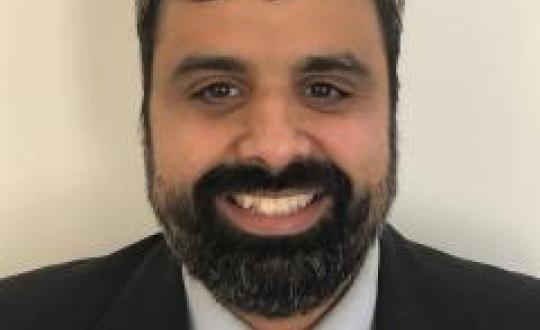Image


An official website of the United States government
Here’s how you know
Official websites use .gov
A .gov website belongs to an official government organization in the United States.
Secure .gov websites use HTTPS
A lock (
) or https:// means you’ve safely connected to the .gov website. Share sensitive information only on official, secure websites.


Alcohol. Marijuana. Opioids. Vaping. It is not a secret that misuse of these substances and others is a very real, and in some cases, a growing threat on college campuses nationwide. Preventing substance misuse in a college environment requires involvement across all higher education sectors, from the administration, to campus safety, to student affairs. Colleges and universities face unique challenges of working to acknowledge the problem, and then coordinating program resources to address these issues.
If you are working on prevention in a higher education setting and wondering how to unpack the problem, you are not alone. The good news is there are many lessons we can learn from each other within the prevention field, especially in the higher education community, on how to solve issues related to substance misuse on campuses, steps we can take, and examples of past successes to encourage campus communities to move prevention forward.
These numbers are staggering, but there are resources and tools available through SAMHSA to help communities and universities address diverse substance misuse issues, understand the importance of prevention, and mitigate the impact of these substances on transition-aged youth.
With these resources and insights, SAMHSA hopes you feel well equipped to tackle the trends of alcohol and drug misuse among college students.
By combining our resources to advance prevention efforts, we will make an impact in preventing substance misuse and promoting positive well-being among college-aged young adults in the years to come.
Richard Carmi serves as Acting Director of the Center for Substance Abuse Prevention. Through this position, he provides national leadership in the development of policies, programs, and services to prevent the onset of illegal drug use, prescription drug misuse and abuse, alcohol misuse and abuse, and underage alcohol and tobacco use; and promotes effective substance abuse prevention practices that enable states, communities, and other organizations to apply prevention knowledge effectively. Mr. Carmi provides leadership in the development and implementation of SAMHSA’s priorities, strategies, and practices for effective prevention programming for states, communities, and individuals.
